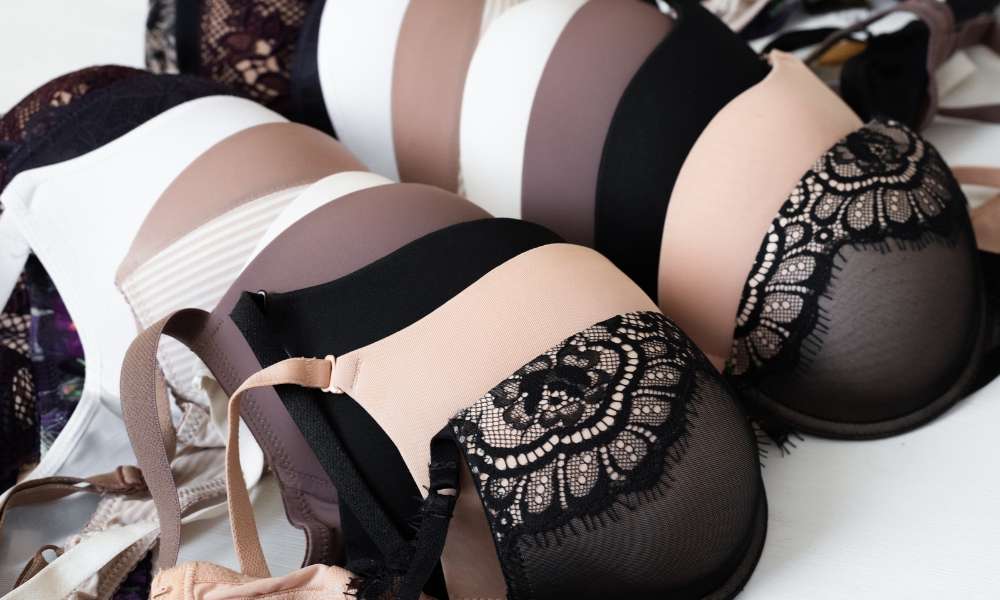Silk and Lace Knickers: Practical Guide to Materials, Fit, Care, and Selection
Choosing silk and lace knickers blends tactile pleasure with practical decisions about fabric quality, fit, and longevity. This guide explains what to look for in materials and construction, how to measure for a comfortable fit, best-care habits to preserve delicate pieces, and how to select styles for daily wear or special moments, including sustainability considerations.

Materials and construction: silk types, lace varieties, and quality indicators
Silk varies widely. Mulberry silk is prized for smooth, long fibers and consistent quality, while Tussah (wild) silk has a slightly coarser hand and natural color. Common weaves include charmeuse (lustrous face, matte back), crepe de chine (light, textured), and satin (smooth, glossy). For knickers, mid-weight 16–22 momme silk often balances drape and durability. Lace may be Leavers (intricate, fine), Raschel (machine-made, more affordable), Chantilly (delicate motifs), or guipure (bold, corded). Quality signs include flat or French seams, soft elastic that recovers well, a breathable cotton or silk gusset, and lined lace in high-friction zones to prevent snagging.
Sizing and fit guide: measurements, styles, and choosing the right coverage
Measure at the fullest part of your hips and check brand-specific size charts, as sizing varies. Consider stretch content: pure silk has minimal elasticity, so careful sizing matters; blends with elastane offer more forgiveness. Coverage depends on style: briefs and bikinis provide everyday comfort, thongs and tangas reduce panty lines, and boyshorts add more seat coverage. Pay attention to rise (low, mid, high) to match your waist and torso length. Leg opening placement affects comfort on the inner thigh, and wider, soft waistbands can reduce digging. If between sizes, many prefer the larger size in non-stretch silk to maintain comfort and fabric integrity.
Care and maintenance: washing, drying, and storage to prolong life
Handwashing is the gentlest option: use cool water and a silk-safe or pH-neutral detergent. Soak briefly, swish lightly, and avoid wringing to protect fibers and lace. Rinse thoroughly, then press excess water out with a towel. If machine washing, place garments in a mesh bag, select a delicate cycle, and minimize spin speed. Avoid bleach and fabric softeners, which can weaken silk and elastics. Air-dry flat or over a rack, away from direct sun or heat. For storage, keep pieces in a clean, dry drawer or breathable bag; avoid rough surfaces and sharp hardware that can snag lace. Rotate wear to reduce stress on seams and elastics.
Choosing styles and practical uses: everyday wear, special occasions, and comfort features
For daily wear, look for soft waist elastic, smooth finishes, and laser-cut or bonded edges for minimal lines under clothes. Flat seams and lined lace reduce irritation. For special occasions, intricate lace panels or silk-satin finishes add visual interest; consider matching with garments in your wardrobe for versatility. Comfort features include a well-placed gusset, gentle leg elastics, and a rise that stays put while sitting or walking. If pairing with fitted outfits, select styles with low-profile seams and lighter lace. For travel, quick-drying silk blends can be practical. Choosing neutral tones extends mix-and-match options, while darker shades may better conceal wear.
Sustainability and ethical considerations: sourcing, certifications, and value
Sustainability in silk involves farming practices, dyeing processes, and worker welfare. Mulberry silk cultivation can be resource-intensive; some brands explore recycled silk or peace/ahimsa silk, though these may differ in texture and availability. Look for credible labels: OEKO-TEX Standard 100 for chemical safety, bluesign for responsible processing, GOTS when organic fibers are used (often relevant to cotton gussets or blended materials), and certifications related to labor standards such as SA8000 or B Corp disclosures. Transparent supply-chain reporting and repair-friendly construction add value. Longevity is a key sustainability metric; selecting durable constructions and caring properly can reduce replacement frequency and overall impact.
Conclusion
Silk and lace knickers reward careful selection. Focus on fiber quality, weave, and lace type; verify fit through accurate hip measurements and attention to rise and coverage; and maintain the garments with gentle washing and storage habits. With an eye to responsible sourcing and practical features, it’s possible to assemble pieces that feel luxurious, fit comfortably, and last well over time.




